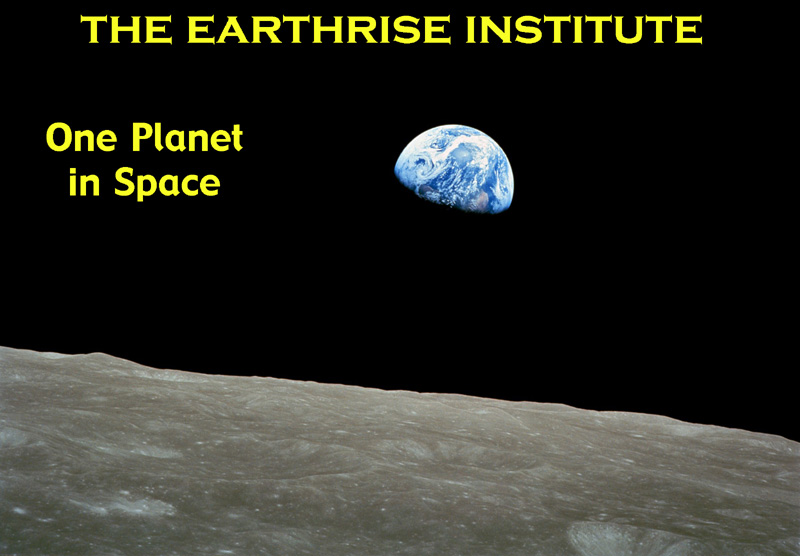
COMET RESOURCE CENTER
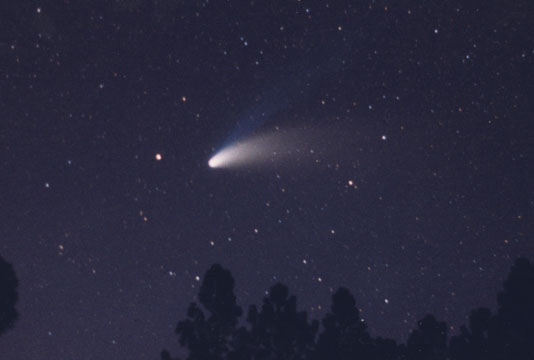
IMAGE GALLERY -- LAS CUMBRES OBSERVATORY
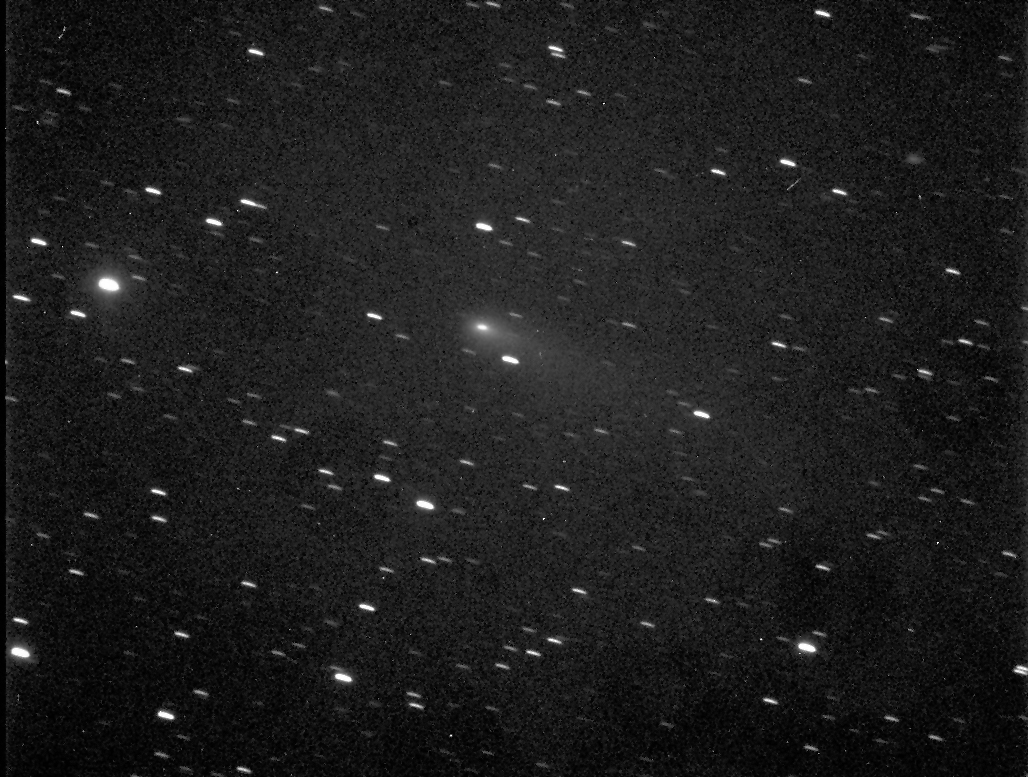
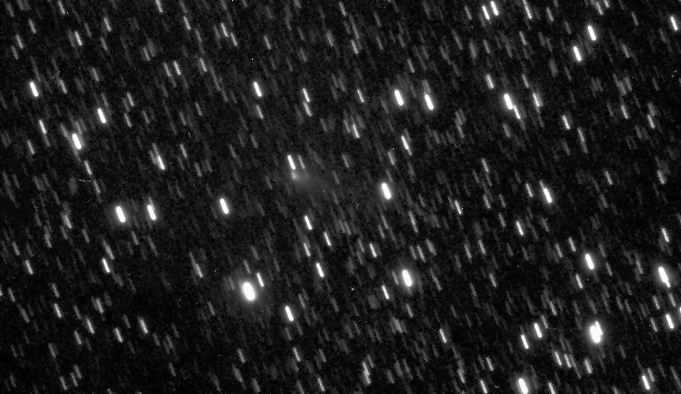
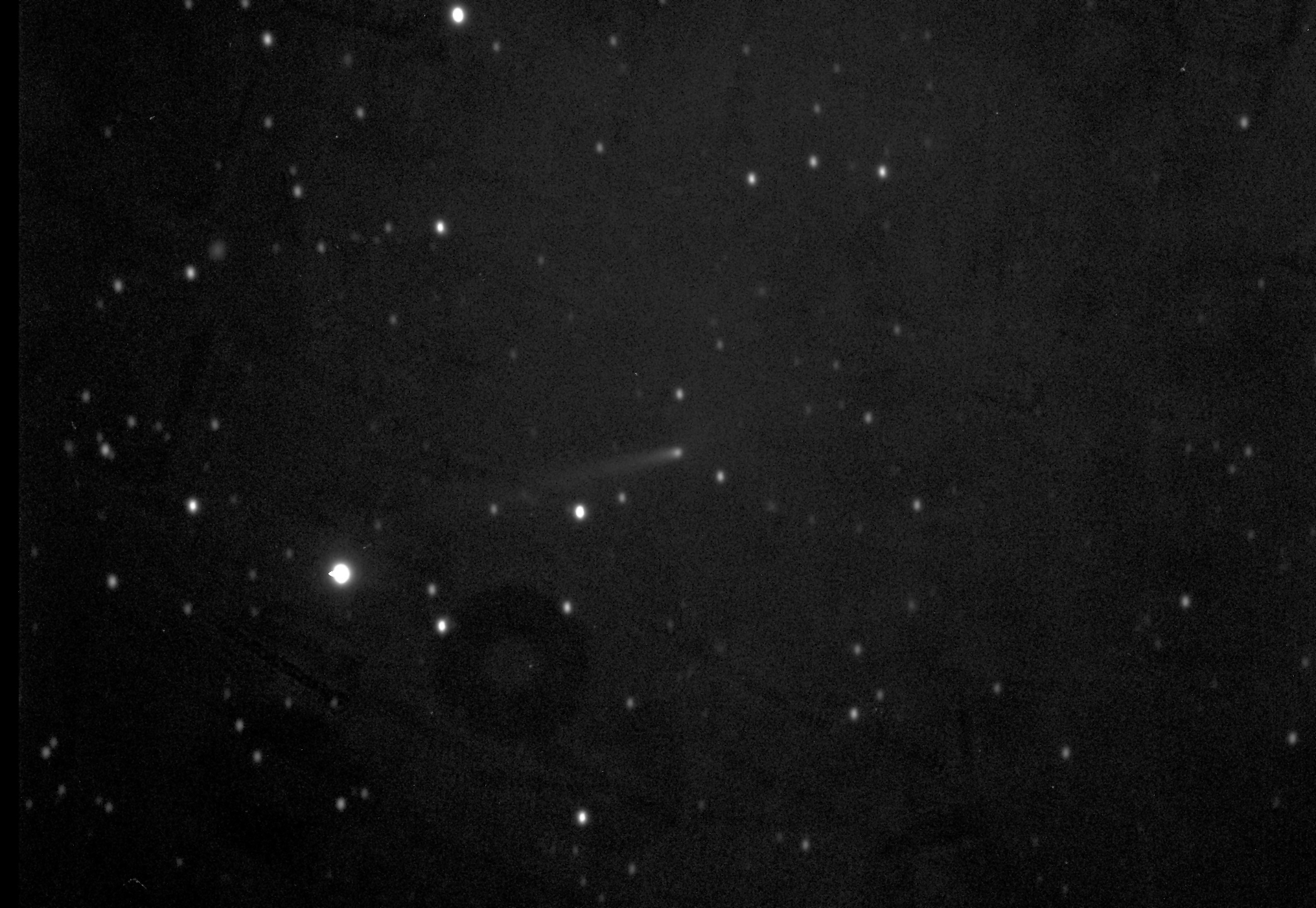
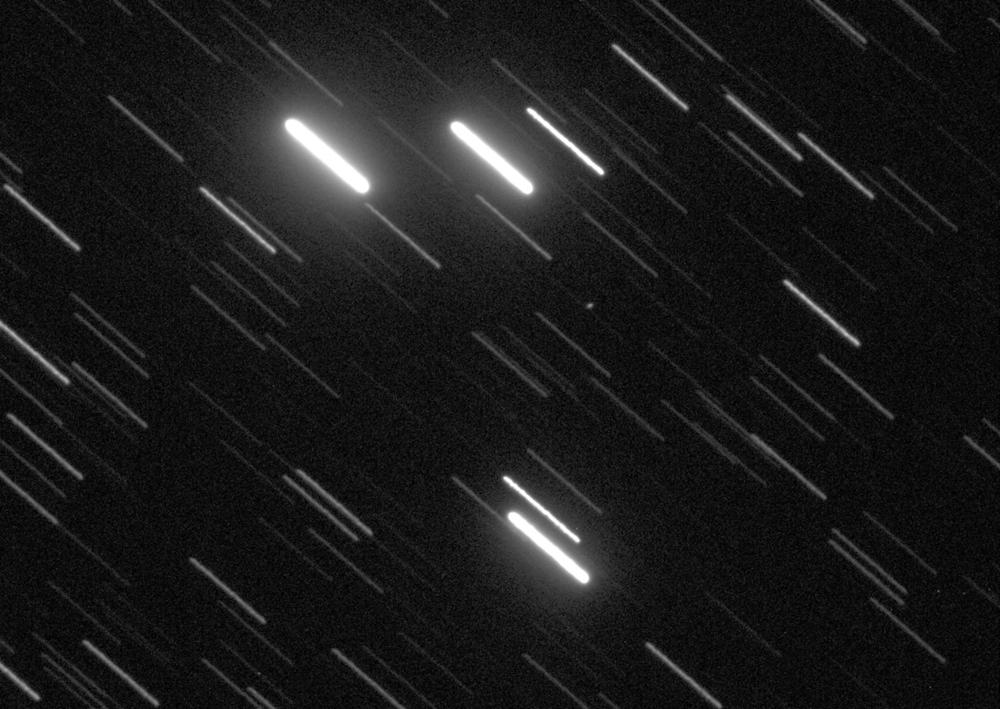
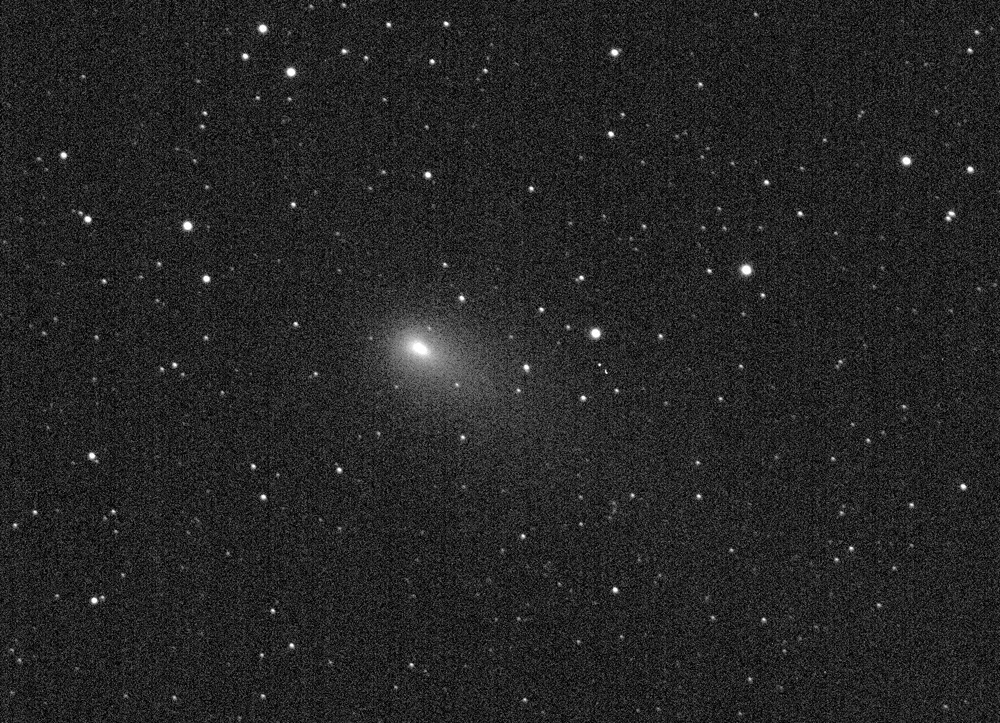
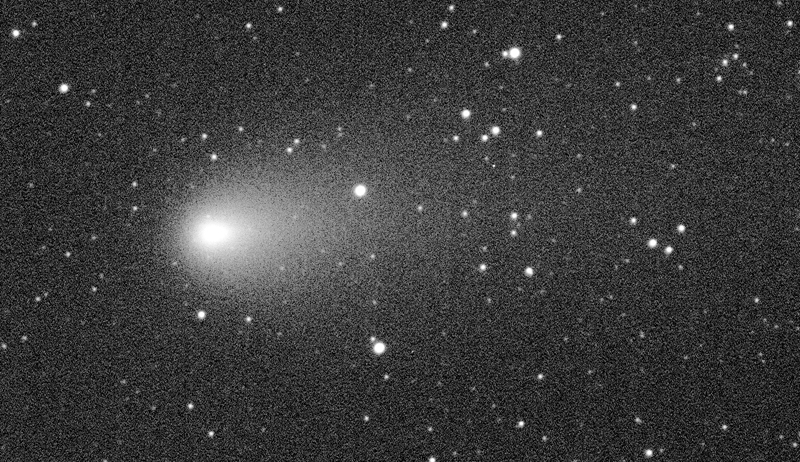
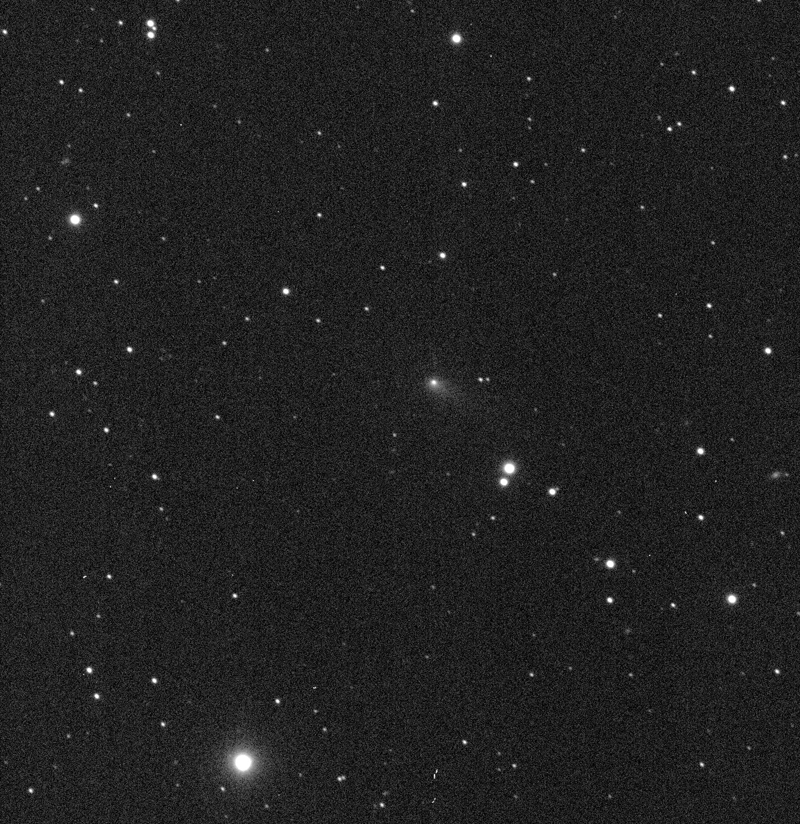
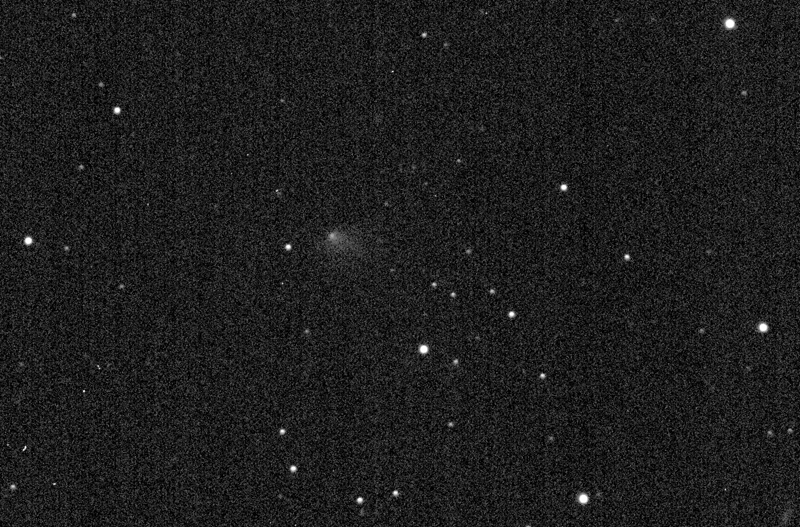
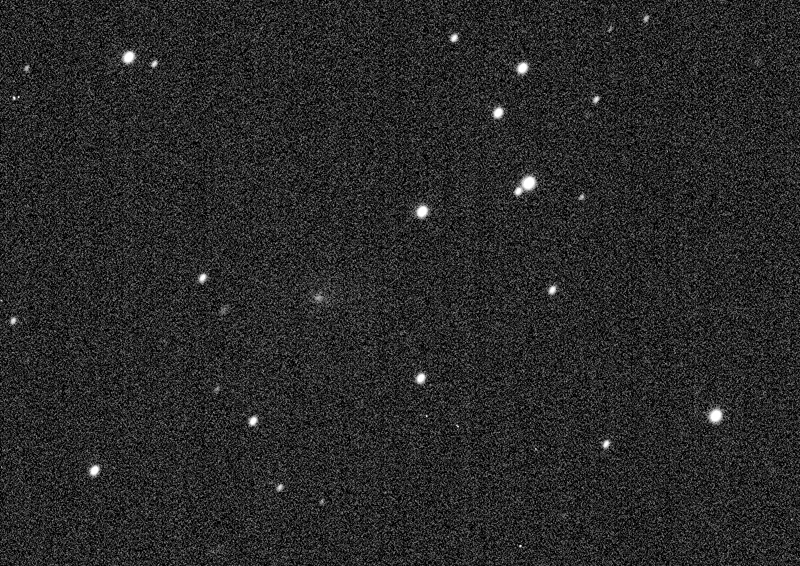
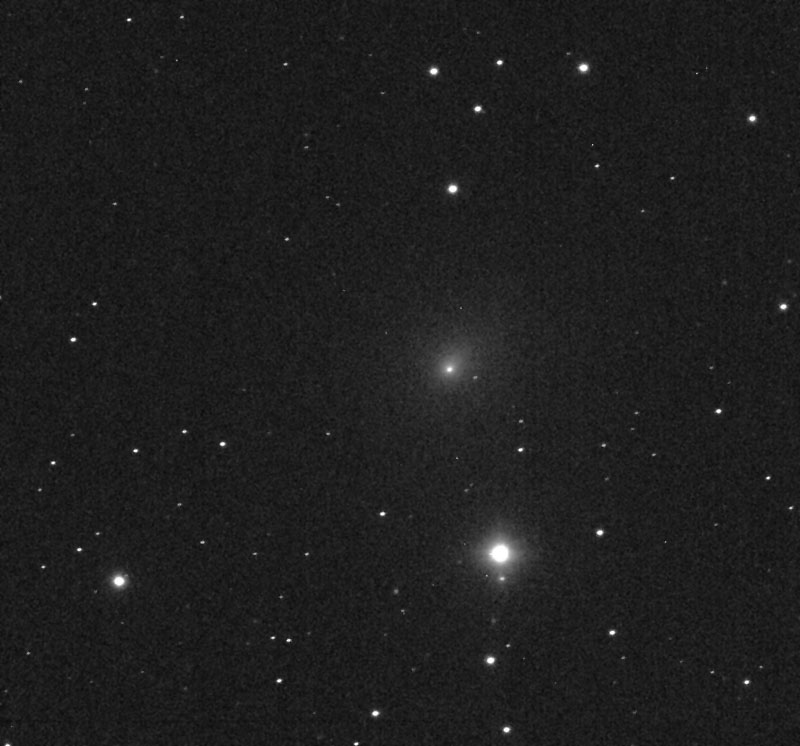
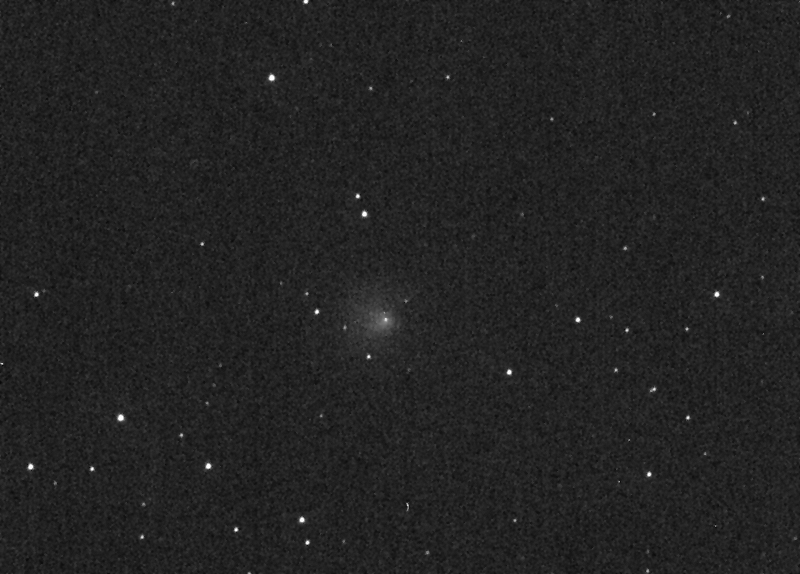
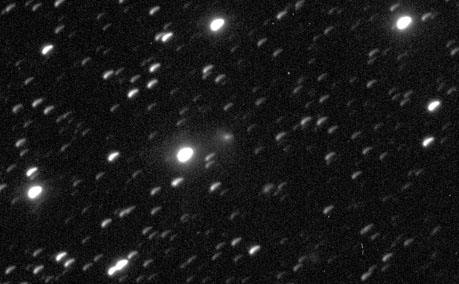
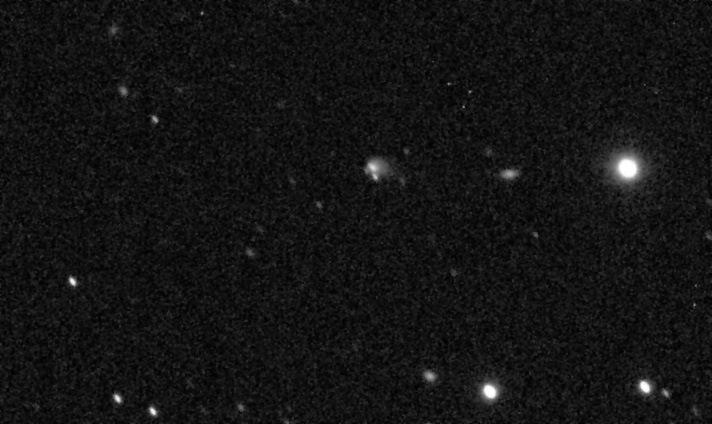
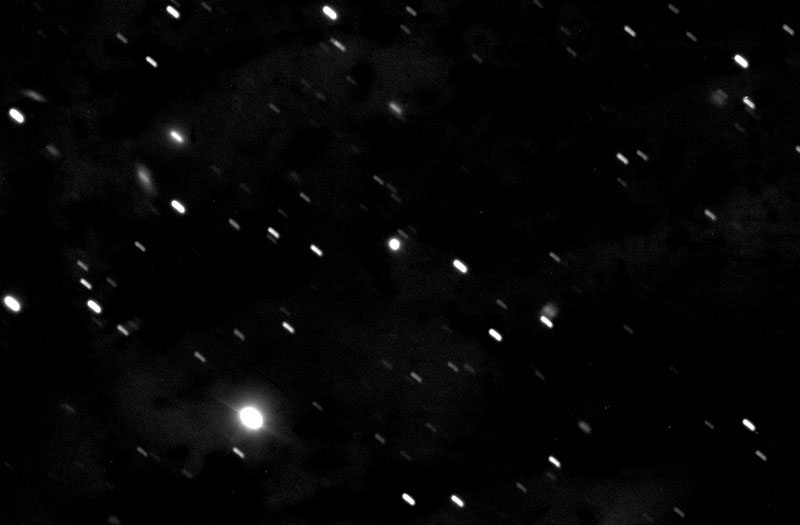
NEXT PAGE -->
Return to Comet Resource Center
 |
|||||||||||||||||||||||||||||
|
COMET RESOURCE CENTER
|
 |
||||||||||||||||||||||||||||
|
IMAGE GALLERY -- LAS CUMBRES OBSERVATORY
|
|||||||||||||||||||||||||||||
| The images on this page are copyright Las Cumbres Observatory and The Earthrise Institute. All rights reserved. | |||||||||||||||||||||||||||||
 |
|||||||||||||||||||||||||||||
 |
|||||||||||||||||||||||||||||
| LEFT: Comet 37PForbes (no. 639) on April 27, 2018, from Cerro Tololo Inter-American Observatory in Chile. RIGHT: Comet 21P/Giacobini-Zinner (no. 642) on May 23, 2018 -- one day before I picked it up visually -- also from Cerro Tololo. | |||||||||||||||||||||||||||||
 |
 |
||||||||||||||||||||||||||||
| LEFT: Comet 364P/PANSTARRS P/2018 A2 (no. 643), on June 4, 2018, from Cerro Tololo Inter-American Observatory in Chile. RIGHT: "Asteroid" 2017 YE5, from McDonald Observatory in Texas, on June 21, 2018. The object, traveling in a distinctly cometary orbit, had passed perihelion in mid-May and was passing 0.04 AU from Earth at the time this image was taken; three days later I successfully observed it visually at magnitude 15.2. | |||||||||||||||||||||||||||||
 |
 |
||||||||||||||||||||||||||||
| Comet 21P/Giacobini-Zinner (no. 642). LEFT: August 6, 2018, from Teide Observatory in the Canary Islands. RIGHT: September 7, 2018, also from Teide Observatory. | |||||||||||||||||||||||||||||
 |
 |
||||||||||||||||||||||||||||
| LEFT: Comet 38P/Stephan-Oterma (no. 649) on August 16, 2018, shortly after I had first picked it up, from the South African Astronomical Observatory. RIGHT: Comet 64P/Swift-Gehrels (no. 650) on August 16, 2018, in outburst and shortly after I first picked it up, from Teide Observatory in the Canary Islands. | |||||||||||||||||||||||||||||
 |
 |
||||||||||||||||||||||||||||
| Comet 46P/Wirtanen (no. 653). LEFT: September 7, 2018 (five days before I first picked it up), from Teide Observatory in the Canary Islands. RIGHT: October 9, 2018, from the South African Astronomical Observatory. | |||||||||||||||||||||||||||||
 |
 |
||||||||||||||||||||||||||||
| LEFT: Comet 29P/Schwassmann-Wachmann 1 (no. 498) on October 10, 2018, from Cerro Tololo Inter-American Observatory in Chile. This image was taken three weeks after the onset of the largest outburst (thus far) of the current "return." RIGHT: Comet ATLAS C/2018 L2 (no. 652) on June 7, 2018 -- one day after its discovery -- from Siding Spring Observatory in New South Wales. | |||||||||||||||||||||||||||||
 |
 |
||||||||||||||||||||||||||||
| LEFT: Comet PANSTARRS C/2017 T2 on October 9, 2018 -- almost 19 months before perihelion passage -- from the South African Astronomical Observatory. I have not yet picked up this comet visually, however it theoretically could become a naked-eye object when near perihelion in May 2020. RIGHT: 5-minute exposure of "asteroid" (944) Hidalgo taken by the 2-meter LCO Faulkes Telescope North at Haleakala Observatory in Hawaii on October 14, 2018. Hidalgo (near center) is completely stellar in this image. Several nearby faint galaxies do exhibit a diffuse appearance. | |||||||||||||||||||||||||||||
| <-- PREVIOUS PAGE
NEXT PAGE --> Return to Comet Resource Center |
|||||||||||||||||||||||||||||